Truth is, if you entered the market in early November 2017, and had sold everything in December 2017, making gains was like shooting fish in a barrel. It was beautiful.
This time around, the bulls are likely to be more selective during their run up to, and hopefully through, all-time highs.
Your due diligence is the deciding factor during this long-term correction. Unless you have a decade or two of trading under your belt, now is not the time to be looking for 100% returns overnight. Your time would be well spent finding the teams that will be solving real-world problems 5 or 10 years from now.
With that said, this article will dive into the basics of 10 different projects, listed alphabetically, looking to provide solutions on a large scale within a decade.
While it’s impossible to say whether or not their price will skyrocket in the short-term, we’ll take a look at what they have going on in Q4 2018 that increases the likelihood they’ll catch the next Bitcoin bull run.
Let’s get to it!
10 Promising Altcoins to Keep an Eye on in Q4 2018
Cardano (ADA)

Project Overview
While many of the cryptocurrencies on the market rely on more popular counterparts to fork from, Cardano is the first fully open-source blockchain to be built using peer-reviewed academic research. The entire Cardano project is built, and therefore named after, the work of Gerolamo Cardano, a prominent Italian mathematician of the Renaissance.
While hundreds of crypto projects rushed to release a whitepaper making bold claims for their part in the future, former Ethereum CEO and Cardano founder Charles Hoskinson set out to create a scientifically sound, securely engineered crypto platform for dapps and smart contracts.
Backing this ambitious project are 3 companies, each playing specialized roles in the overall mission.
- IOHK — the technology and engineering company Hoskinson leads, which currently has a contract to design, build, and maintain Cardano until the year 2020.
- The Cardano Foundation — a non-profit organization based in Switzerland that’s responsible for working with government institutions. In order to encourage global adoption, they also create strategic partnerships with open-source projects and enterprises.
- Emurgo — an incubating agent in charge of developing and integrating companies on Cardano’s blockchain.
Why ADA is Worth Watching
Coming up on their 1-year anniversary is cause for celebration—and the divulgence of information. Hoskinson recently published a YouTube video directed at the Cardano community, detailing some progress the team has already made, as well as a direction for the near future.
Cardano Mainnet Updates
There are 2 updates on their way to Cardano’s mainnet. The first of which, Cardano 1.3.1, is scheduled to release during September 2018. The update will be comprised of little fixes that didn’t make the cut for the 1.3 release, but wouldn’t make sense to withhold any longer. After 1.3.1 is released, their Chrome extension wallet Yoroi will be allowed to enter testnet mode, and will soon thereafter enter its mainnet.
October 2018 will see the release of the testnet running Cardano 1.4, an enormous update that will tackle how data is stored, logging changes, their wallet’s backend, and more. Eager users will be able to install an early version of Daedalus, an open-source ADA desktop wallet, to use and check for bugs.
Ledger Support
Connected with the updates mentioned above, IOHK and Emurgo have been working together with Ledger to introduce ADA support on their Nano S hardware wallet. Hoskinson believes that Yoroi will likely be the first Cardano interface on Ledger, and that an established connection between the two already exists.
The official Cardano roadmap states the team is currently 50% complete with Ledger Nano S hardware wallet support, and that further integration with the Daedalus wallet is underway. On the public Ledger Trello board, Cardano is at the top of the list in terms of community interaction, which might serve as an indication of their priority to finalize the project.
ADA is priced at $0.083 at the time of writing, down from its all-time high (ATH) of $1.32 in January 2018.
DigiByte (DGB)
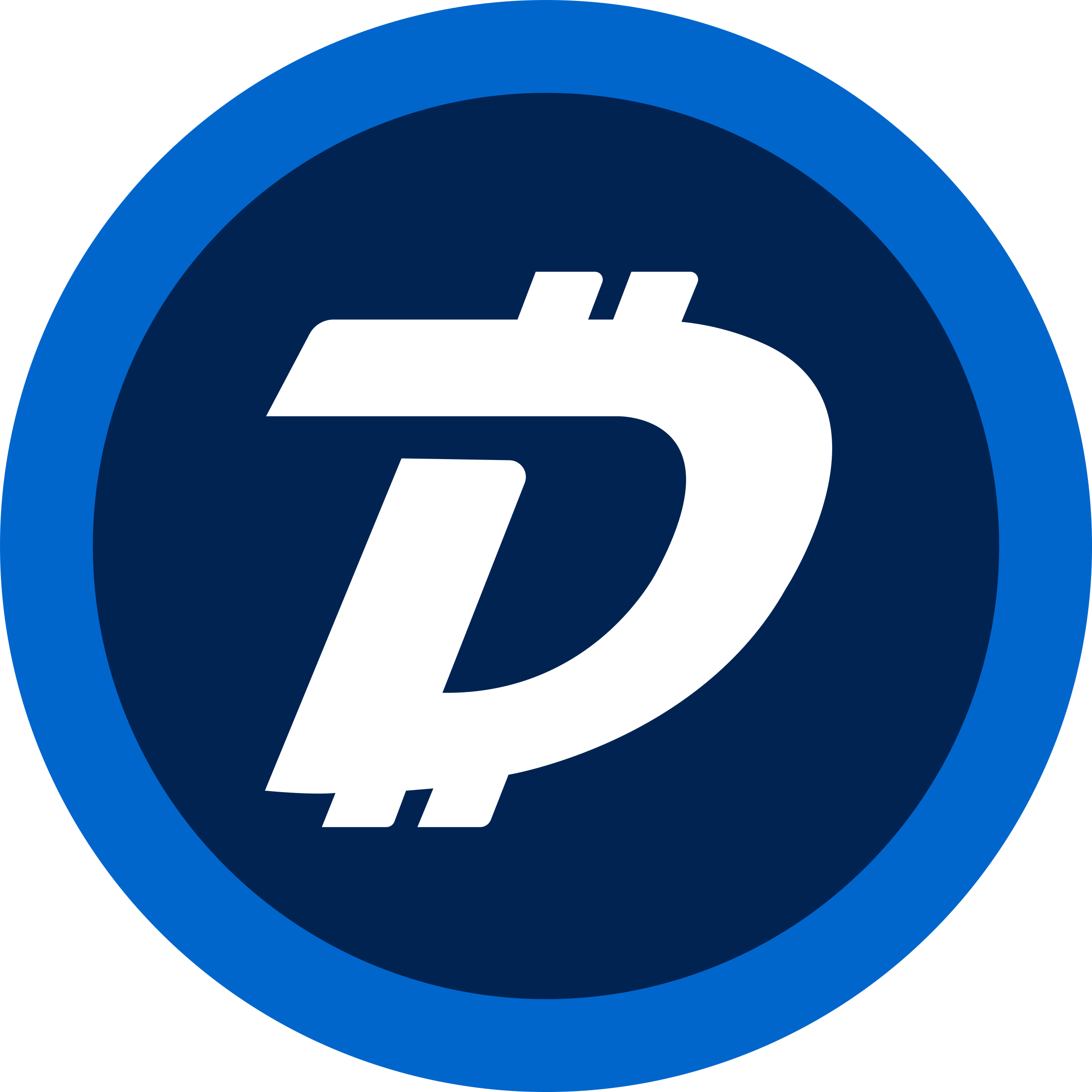
Project Overview
The project began in 2013 when Jared Tate, programmer and entrepreneur, grew tired of the security and speed that Bitcoin lacked. Over the course of the next couple years, Tate and his team produced a blockchain that strives to be the fastest, most decentralized blockchain available for global adoption.
This led DigiByte to creating a blockchain with more than 100,000 nodes and 21 billion coins (1,000 times that of Bitcoin) which are set to be completely mined by the year 2035. Having this many tokens means that if DigiByte sees the usage they’re aiming for, payments can be made in whole numbers, rather than multi-decimal transactions.
Combined with 15-second UTXO transaction times—compared to Bitcoin’s 10 minutes—and 5 different consensus algorithms, DigiByte might have given themselves a legitimate shot at a top 5 spot.
Why DGB is Worth Watching
2018 has been a busy year for the DigiByte team, and details of their progress has been released on their blog. While they expressly mention that they “can never commit to dates to accomplish future projects” in the post, they do include a list of future developments.
Scheduled and Repeated Payments
One of the truly useful features we all find when it’s time to pay our bills is the automatic withdrawal. DigiByte is looking in this direction next, allowing businesses and individuals looking to regularly use crypto to schedule repeated payments for monthly expenses.
They’ll also be releasing a mobile address book for Android and iOS that makes saving wallet addresses as simple as saving your grandma’s home phone number. Simple, practical applications like this bid the crypto industry well, although they will come to be expected as adoption increases.
More Fiat/USDT Pairings on Several Exchanges
Increasing the liquidity and exposure of DGB will do wonders for the platform, and hopefully increase the stability of the price. That being said, there isn’t much information out yet aside from what was announced in their blog post.
Developer Bounty Program
In August 2018, DigiByte announced the beginnings of a massive developer bounty, encouraging programmers within the community to improve the project in exchange for DGB rewards. While the program was launched in Q3, the ongoing success the team has had with previous developer bounties shows the potential for a solid relationship between business and community.
DGB is priced at $0.026 at the time of writing, down from its ATH of $0.138 in January 2018.
EOS

Project Overview
EOS is blockchain project with an ambitious goal: to be the top platform for developers to build dapps on. Founded by serial blockchain entrepreneur Dan Larimer, the project will verify transactions by use of the delegated proof-of-stake (DPoS) consensus protocol, which was created by Larimer himself.
The project managed to raise more than $4 billion dollars over the course of their year-long ICO, making it the most successful crypto crowdfunds to date. The launch of the platform saw a rocky start during Q2/Q3 2018, and although it has seen success since, the team isn’t in the clear yet. The well-funded project has received a lot of criticism from the crypto community, but remains in 5th place in terms of market cap.
There are a few platforms that have been christened with the name “Ethereum Killer”, but as of right now, EOS looks to be the only one within striking distance. If the success of BitShares and Steem (both founded by Larimer), combined with the fact they’re dominating the market in terms of blockchain activity, are at all indicators of success, the case for an EOS/ETH “flippening” could hold some weight.
Why EOS is Worth Watching
The launch of EOSIO 1.0 in July 2018 marked the end of Phase 3 on their roadmap. Phase 4 is currently underway until early 2019, which will add some key features, while touching up existing ones.
Parallel Execution
While the original implementation of the EOS blockchain allow for single-threaded processing, their next phase will introduce a multi-threaded engine. Parallel computing will allow for multiple transactions to occur simultaneously, leading to the ability to scale the platform rapidly, as long as there are developers looking to build on the EOS blockchain.
Airdrops
Branching off the last point, EOS has been leading the way in terms of airdrops, which are token giveaways meant to bootstrap the success of new projects. This point is particularly important for those who have been holding EOS since the genesis snapshot in June 2018, when the EOS blockchain launched.
Airdrops for Q4 2018 include:
EOS is priced at $5.66 at the time of writing, down from its ATH of $22.89 in April 2018.
Komodo (KMD)

Project Overview
Komodo is a Zcash fork that leverages their cutting-edge zk-snark technology to offer their users completely private and anonymous transactions. While making a privacy crypto isn’t a unique concept, Komodo is more than just a privacy coin.
The Komodo platform went from concept to its genesis block in less than a year. It all started in February 2016 with a short Declaration of Independence released on Bitcointalk. James “jl777” Lee, the mysterious founder of Komodo, outlined his mission to create a crypto solution that allows digital assets to freely move between different platforms, escaping the “tyranny of the hardfork.”
By September 2016, Komodo’s first block had been mined. Fast forward almost exactly 2 years, and Komodo successfully mined their 1 millionth block. Although their roadmap isn’t laid out in a simple fashion like most crypto projects, the team keeps their community updated through continuous blog posts, and is currently in the process of creating an updated roadmap for the end of 2018 and 2019.
Why KMD is Worth Watching
Komodo seems to have a sense of pride surrounding their accomplishments so far, and more power to them. With a foundation built and ambitions to scale, the team is ready to move into the next phase of their evolution.
Komodo 2.0
In a July 2018 blog post titled The 5 Pillars of Blockchain Tech, Komodo announced details surrounding the next stage for their platform: Komodo 2.0. While their hasn’t been much information released on the update, Komodo has mentioned in a blog post that more details will be released “very soon”.
In the same post, the team outlined what’s in store once the update is live.
- Cross-Chain Smart Contracts — Maintains coin supply consistency and fungibility throughout different blockchains with a unique burn protocol.
- Delayed Proof-of-Work Security Services — Protects all Proof-of-Work blockchains from 51% attacks.
- UTXO-based Smart Contracts — A Bitcoin code extension that allows smart contracts to run on UTXO blockchains.
- Federated Multi-Chain Syncing — Allows Komodo v2.0 to process upwards of 20,000 transactions per second, with plans to demonstrate 1 million transactions per second by the end of 2018.
KMD is priced at $1.21 at the time of writing, down from its ATH of $15.41 in December 2017.
PayPie (PPP)
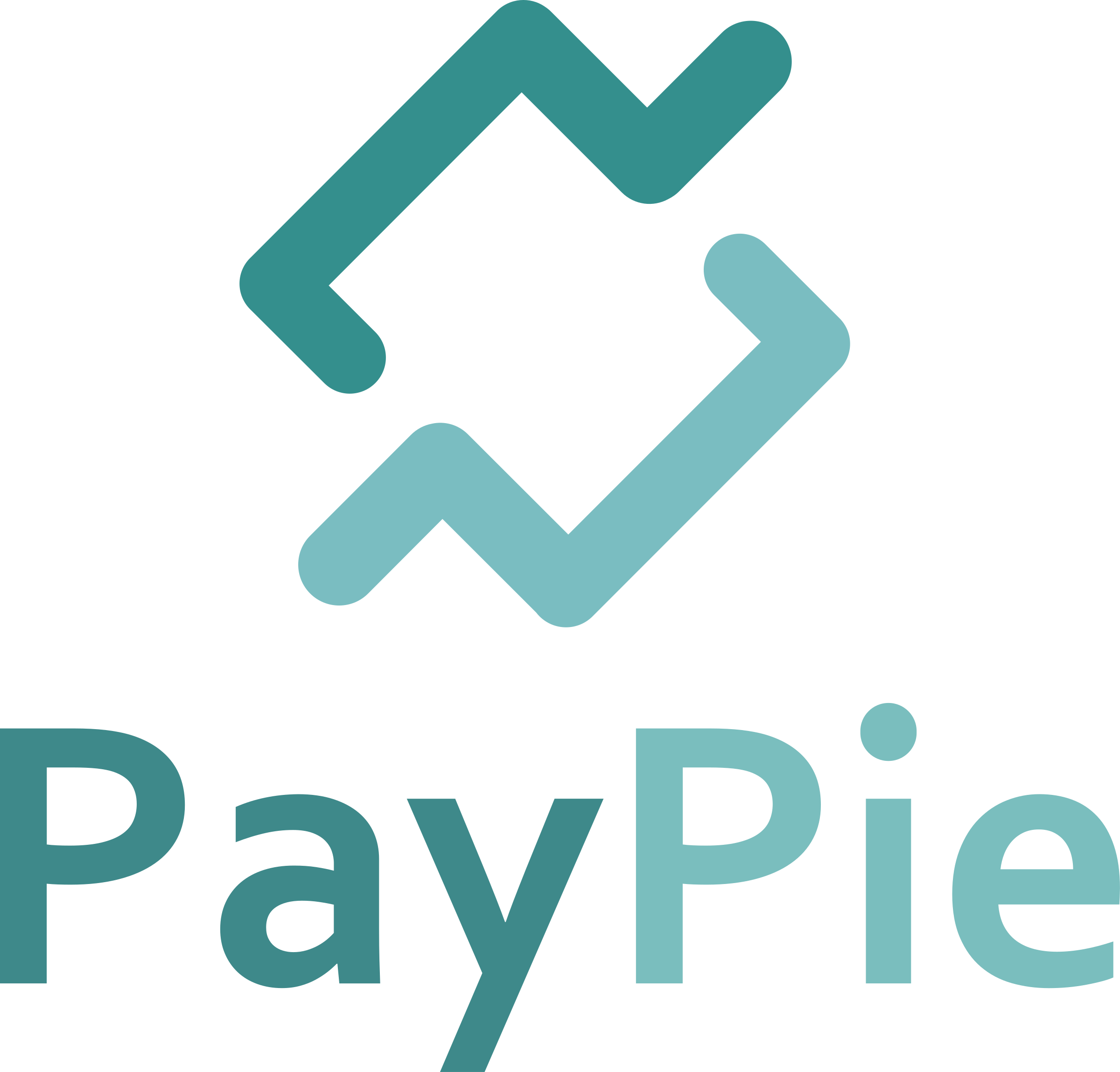
Project Overview
PayPie is a finance company looking to offer decentralized credit risk assessments. This puts them in competition with the likes of Equifax, Transunion, and Experian.
Their competitive advantage includes a unique, built-in algorithm that brings in hundreds of live financial data points and hashes them on the Ethereum blockchain. By the power of smart contracts, PayPie is a faster and safer way for banks, lenders, and invoice factoring companies to score credit accounts.
The project was founded by Nick Chandi and Jag Barpagga, who have combined experience working with large, notable companies like Forbes and Microsoft.
Chandi is an MBA holder, serial entrepreneur, and co-founder of SlickPie, which provides online accounting software for SMEs. Barpagga has worked with SME virtual systems extensively, and is an expert in data security.
Why PayPie is Worth Watching
While PayPie only has a market cap of $13.3 million at the time of writing (which in my opinion is heavily undervalued), they’re in the massive industry that is financial technology. Aside from being due for a technological overhaul, fintech is dead center in crypto’s cross hairs; the combination of finances and software is what blockchain was born to reinvent.
More Integrations Coming Soon
The PayPie app already works seamlessly with QuickBooks Online, and the team is currently working on bringing more third-party platforms into the fold. The timeline in their whitepaper shows enterprise resource planning (ERP) software and application programming interfaces (API) currently in development, which would make it simple to onboard more third parties.
The timeline shows the ERPs and APIs will be finished in Q4 2018, and that they’ll begin creating their Decentralized Accounting System.
Decentralized Accounting System
While many blockchain projects have milestones years out, PayPie’s is projected to be achieved shortly after the end of 2018. The launch of their decentralized accounting system (DAS) will signal the project’s completion, and according to the whitepaper, allow for 100% accurate risk analysis.
Traditionally, decentralizing an accounting firm was rarely practiced due to the increase in cost, but when accountants are replaced with smart contracts, the idea becomes much more practical, which could bring massive changes to an enormous industry.
Business Financing
After using the free PayPie risk assessment tool that determines how others perceive the trustworthiness of your business, SMEs will be able to conveniently apply for invoice factoring.
There hasn’t been a release date for this feature yet, but when it’s launched, SMEs will be able to sell their unfilled invoices at a discount, allowing them to increase their cash flow, and provide a return on the investment of PayPie users.
PPP is priced at $0.118 at the time of writing, down from its ATH of $3.72 in January 2018.
Ripple (XRP)

Project Overview
Founded in 2012 as OpenCoin, Ripple got its current name in 2015. The San Franciscan computer software company Ripple Labs was co-founded by Ryan Fugger, Chris Larsen, and Jed McCaleb with the intent to create a decentralized monetary system that would empower individuals to create their own money. Interestingly, McCaleb branched off in 2014 to create Stellar.
It’s common for crypto hodlers and speculators to equate Ripple with its ticker symbol, XRP, but it’s important to note the difference between the two, and what that means for investors. Ripple consists of 3 products, but only 1 actually utilizes the XRP coin.
- xCurrent — The core product offered by Ripple Labs. Banks are able to save time and money sending and receiving funds, without extensive upgrades that impact their workflow and introduce risk. Uses Ripple’s blockchain, but not XRP.
- xRapid — When a bank decides to enter emerging markets, like crypto, this product improves their liquidity. The downside is they are then exposed to market fluctuations. xRapid is the only product RippleNet offers that uses XRP.
- xVia — Allows corporations and payment providers to send money through banks, but does not use XRP.
This is an important distinction to make. Ripple could have 1000+ bank partnerships, but only the ones using xRapid could have a positive impact on the price of XRP.
Why XRP is Worth Watching
Within a week of the time of writing, XRP saw a surge of roughly 90%. It’s cooled off since then, but the spike definitely caught the market’s attention, and actually put XRP at number 2 in terms of market cap, exceeding that of Ethereum.
xRapid Launch
Sagar Sarbhai, Head of Government & Regulatory Relations at Ripple, stated in a CNBC interview that the launch of xRapid will happen “in the next month or so.” As previously stated, the launch of xRapid would allow banks to use XRP directly.
Saudi Arabia Joins RippleNet
The Ripple team announced in a mid-September 2018 blog post that they’ve joined forces with the National Commercial Bank (NCB) of Saudi Arabia. The post cited the World Bank, describing that in 2016, $37 billion dollars were sent from Saudi Arabia, making it one of the largest remittance markets in the world.
NCB was the first bank established in the country in 1953, and today services more than 5 million customers across the globe. Ripple Labs is specifically aiming to help small/medium-sized enterprises (SMEs).
The Ripple team stated:
For SMEs and corporations that depend on NCB, more efficient and transparent remittances will provide stability and help them grow their business faster.
NCB will be in production on RippleNet by the end of Q4 2018.
XRP is priced at $0.57 at the time of writing, down from its ATH of $3.80 in January 2018.
SelfKey (KEY)
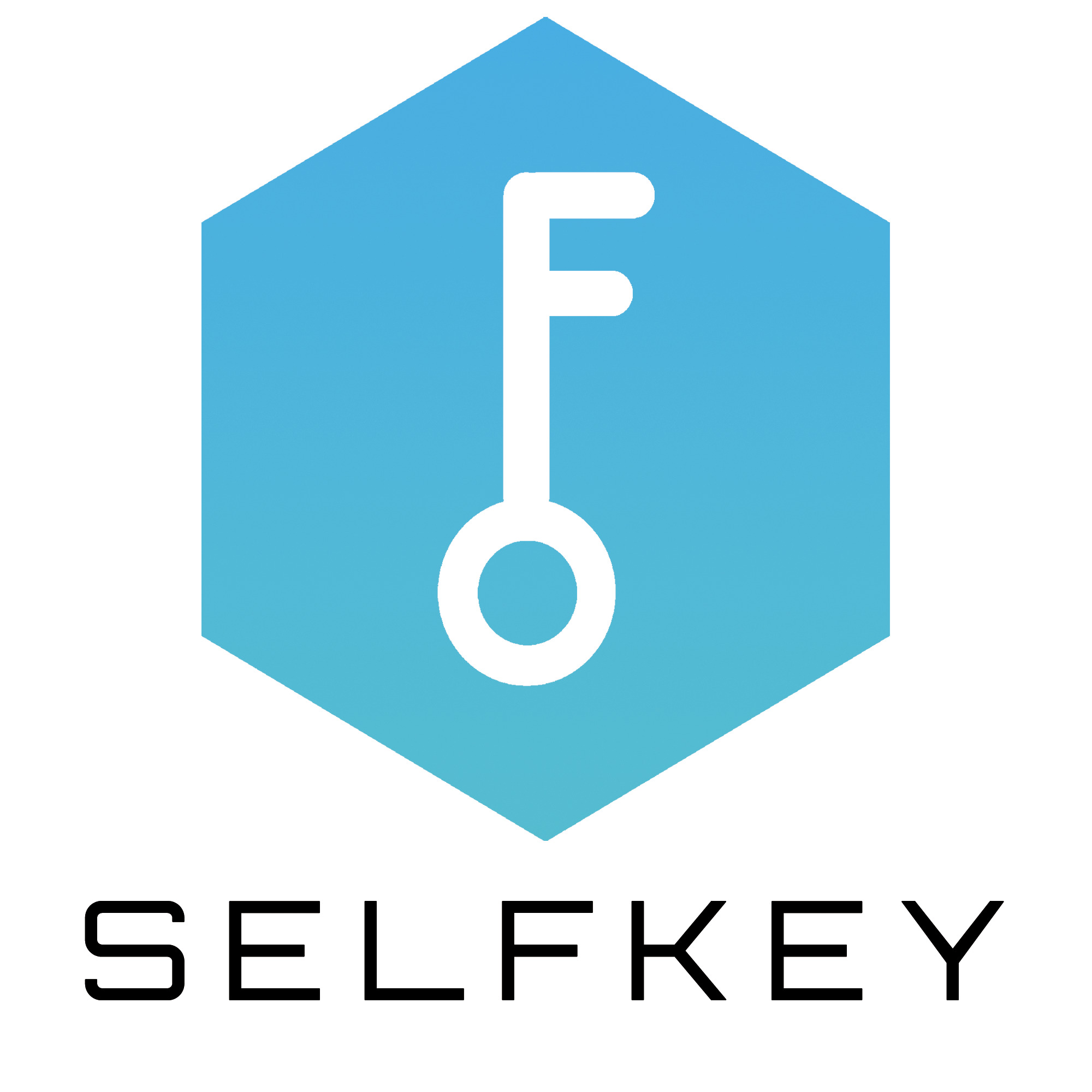
Project Overview
As the influence of the internet weaves into our lives more and more every day, our personal information becomes more vulnerable at the same time. At the heart of blockchain technology lies security, and SelfKey is in the process of redefining the way we store sensitive information.
The SelfKey team launched KEY, their native token, in January 2018, and raised more than $22 million after their ICO sold out in 11 minutes. During Q2 and Q3 of the same year, momentum has been built for the project after being listed on Binance and a few other exchanges.
The SelfKey foundation was created by Edmund Lowell, and when asked about his competitors in the SelfKey subreddit in March 2018, Lowell seemed to be on good terms with competition, stating:
As a CEO of a blockchain identity startup once said to me: we are both mosquitos at a nudist colony.
Why KEY is Worth Watching
Maintaining their momentum, SelfKey is setting up for a productive Q4 2018 and beyond. So far they’ve done a great job keeping their community updated by use of an easy-to-read roadmap.
Trezor Support
At the top of their list for 2018 is full integration with the Trezor hardware wallet, which looks to be roughly 85% complete at the time of writing. The release of the SelfKey Identity Wallet Beta at the end of June 2018 revealed that the “Trezor hardware wallet will be supported in the next update.”
SelfKey Marketplace
The SelfKey Marketplace is an all-in-one platform offering a wide array of financial products and crypto services for 10+ market verticals, allowing users to explore and instantly sign up for features like the ones already listed on their website:
- Exchange Accounts
- Bank Accounts
- Residency by Investment & Entrepreneurship
- Citizenship by Investment
- Incorporations
- Foundations
- Trusts
- E-Wallets
- Precious Metals
- International Health Insurance
For more information, and to try out a live demo for each of the services listed, click here.
Browser Extension
The Login with SelfKey button and browser extension will allow users to instantly and securely delegate access to their personal information, which allows entire KYC processes to be completed in a couple clicks. Since this feature supports the staking of KEY tokens, users are guaranteed safety from Sybil attacks.
KEY is priced at $0.006 at the time of writing, down from its ATH of $0.07 in January 2018.
Swarm (SWM)

Project Overview
If your household earns more than $59,039 per year, your home is part of the “1%” worldwide. It doesn’t take a PhD in computer science to reach this level of income, just a good job and maybe some overtime (depending where you live).
Those with dreams of reaching elite levels of income are required to look at money from a different perspective. Trading your hours for dollars isn’t how you get rich. Figuring out a reliable way to get your money to earn more money is the key, and Swarm is setting out to unlock the opportunity for three different types of investors:
- Crypto Investors — A.I. technology automatically mitigates risk on behalf of the investor without having to cash out into fiat.
- Wealth Investors — Swarm’s workflow automation and access to exclusive opportunities creates a simple solution for private wealth managers.
- Everyday Investors — These are the people that will benefit most from what Swarm has to offer, giving them access to the same opportunities traditionally reserved only for rich investors.
Swarm was founded in 2014 by Timo Lehes and Philipp Pieper, a serial tech entrepreneur who found his interest in blockchain technologies in 2015. Pieper has a background in business administration and engineering, and has held managerial positions with the Allianz Group and Deutsche Bank.
Why SWM is Worth Watching
Simply put, the project has massive potential. As crypto continues to make waves internationally, an increasing amount of the working class will double-take and want to dabble, and with global internet usage on the rise, the opportunity will be available to them.
With the ability to aid the operations of experienced investors as well, Swarm is aiming high. They had a busy August 2018, where they released their Market Access Protocol, announced a partnership with OpenFinance Network, and tokenized the popular investing app, Robinhood.
Tradable Security Tokens
Lehes recently did an interview with BlockWolf, a crypto YouTuber, in which he explained how he got involved with Swarm, as well as their strategy for handling governments and regulatory bodies. He went on to explain that offering the ability to instantly get in and out of the market was a priority.
Lehes also mentioned in the interview that he expects some security tokens trading to happen in the US during Q4 2018. He went on to say:
We are partnering with the Security Token Exchanges in the US as well as Europe and Asia to ensure there is a possibility to exchange SCR20 tokens further down the line.
SWM is priced at $0.083 at the time of writing, down from its ATH of $1.77 in February 2018.
Theta Token (THETA)
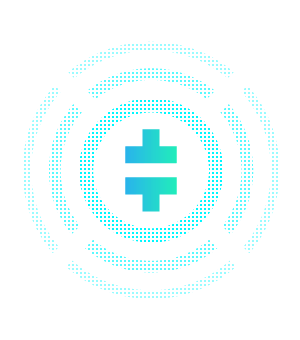
Project Overview
Theta is in the process of creating a network that disrupts the video streaming giants we’ve all grown to love in a relatively short timespan. With video-streaming on the rise and virtual reality on the verge of something big, keeping up with the increasing demand will require a proactive effort on part of industry leaders. That’s where Theta comes in.
The current infrastructure utilizes Content Delivery Networks (CDN) to deliver the video to end-users. The CDNs require large data centers, called Point-of-Presences, to be built close enough geographically to viewers in order for the video stream to work. This is mostly an issue in developing countries, leading to a data bottleneck and the spinning buffer icons we’ve all grown to dread.
As video quality increases, bandwidth size is also required to increase, leading to higher CDN costs. The added expense puts additional pressure on industry gatekeepers, who often end up cutting into content creator profits. The Theta Network plans to solve these problems by incentivizing users, with Theta Token rewards, to transform their superfluous computational resources into videostream cache nodes.
According to their whitepaper, this will significantly reduce bandwidth costs, allowing advertisers to operate at a lower cost while “rewarding influencers more transparently” through use of the Proof-of-Engagement protocol.
Why THETA is Worth Watching
The Theta project was launched in Q2 2017, and after their token sale, they began developing their native blockchain. ERC-20 tokens were issued in December 2017, then they quickly launched and tested their testnet with SILVER.tv, a platform that allows users to to record, view, and stream eSports in 360° cinematic VR video.
Public Mainnet Release
In a blog post released in March 2018, Theta summarized the accomplishments they’ve made so far, as well as their plans for the rest of the year. While they didn’t go into extensive detail, they informed their community that they’ll be launching the Native Theta network on their own blockchain.
They’ll be using Theta tokens to reward users “who play an instrumental role” in testing the network prior to launch, and that once the mainnet is launched, businesses will be able to build dapps on the Theta blockchain.
Token Swap
Those that got into Theta during their ICO phase will want to keep an eye on this one—or risk the bags they hold. When the mainnet officially launches, the ERC-20 tokens sold during the crowdsale will need to be exchanged at a 1:1 ratio for native Theta tokens.
Media Advisors
Standing in direct competition with YouTube, Vimeo, and Twitch, it’s worth noting that Theta is actually working directly with industry leaders. They’re being backed and advised by Steve Chen, YouTube co-founder, and Justin Kan, Twitch co-founder.
Theta is priced at $0.089 at the time of writing, down from its ATH of $0.312 in January 2018.
Zilliqa (ZIL)
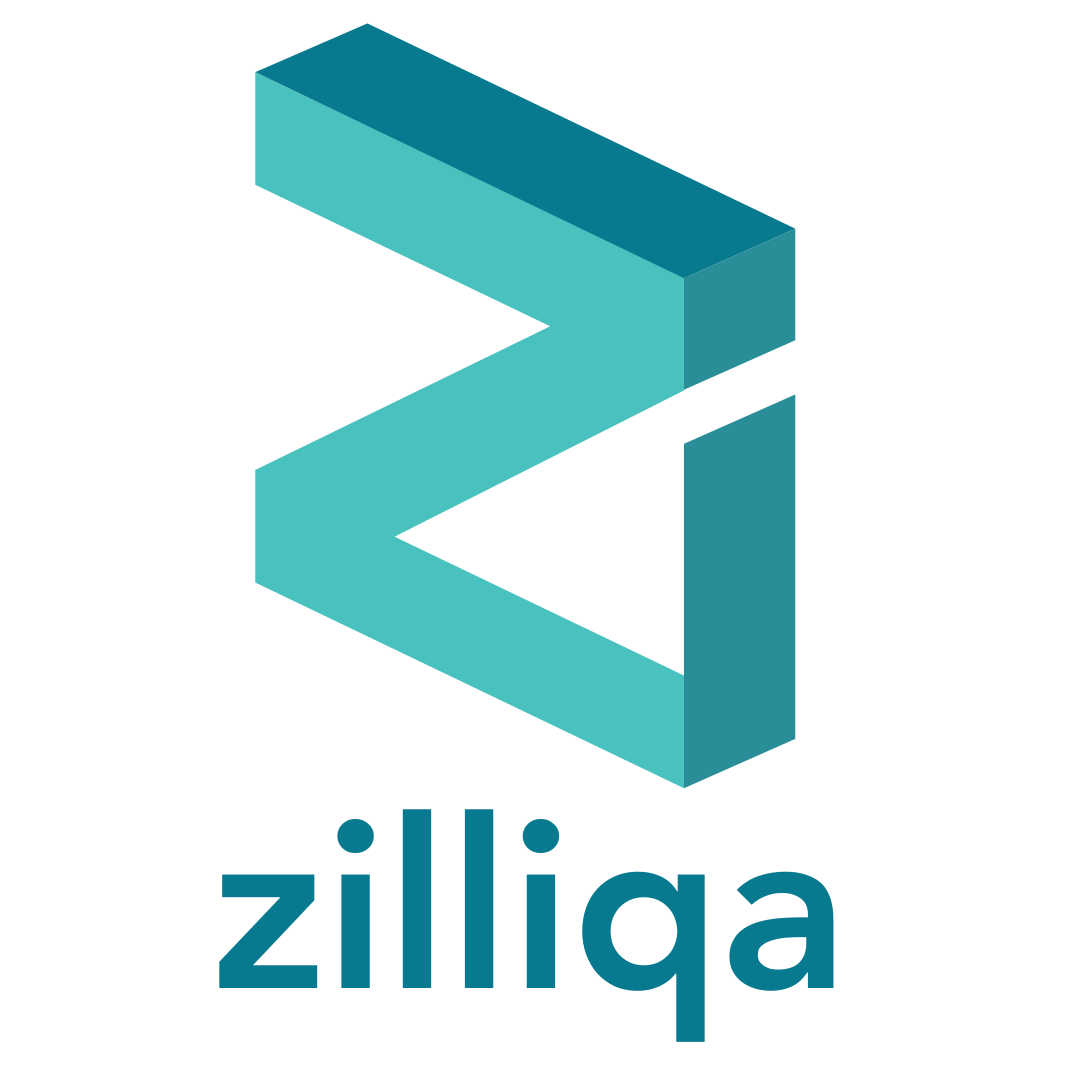
Project Overview
Zilliqa has set out to create the fastest, most decentralized platform on the market to date, allowing users to develop smart contracts and dapps directly on their platform. The difference-maker for Zilliqa is their high transaction throughput and relatively lower price than most platforms in the industry.
To accomplish this, the Zilliqa team will use a method called sharding, which is a type of partitioning that breaks databases down into more manageable segments, and also allows databases to be stored in multiple servers. The platform operates with a hybrid consensus algorithm model, blending Proof-of-Work with Practical Byzantine Fault Tolerance, allowing it to handle high throughputs without sacrificing decentralization.
Zilliqa began in 2016 by Xinshu Dong, who is internationally recognized for his cybersecurity expertise, as well as his involvement with multiple national security projects for the Singaporean government.
The project was co-founded by Chief Scientific Officer Prateek Saxena, a computer science professor and the National University of Singapore, Jia Yaoqi, and Amrit Kumar. All 4 co-founders are PhD holders.
Why ZIL is Worth Watching
ZIL has launched to the 34th spot in terms of market cap since its release in January 2018. The team of academics has been busy, building the first version of their testnet in March 2017, with v2.0 following a few months after along with their alpha launch of smart contracts.
Mainnet Launch Rescheduled
Originally scheduled for Q3 2018, the team was force to push back their release date. In a Telegram announcement to the community, it was stated that more time is needed for the core team, community, and auditing firms to properly test the code.
They’re currently targeting the end of 2018 or January 2019 for the launch of the Zilliqa mainnet. Taken directly from the announcement, the team will be using the extra time to:
- Conduct thorough security audits
- Prepare for and execute the token swap
- Integrate with wallets
- Develop toolchains
- Bring more dapps onboard
ZIL is priced at $0.035 at the time of writing, down from its ATH of $0.22 in May 2018.

